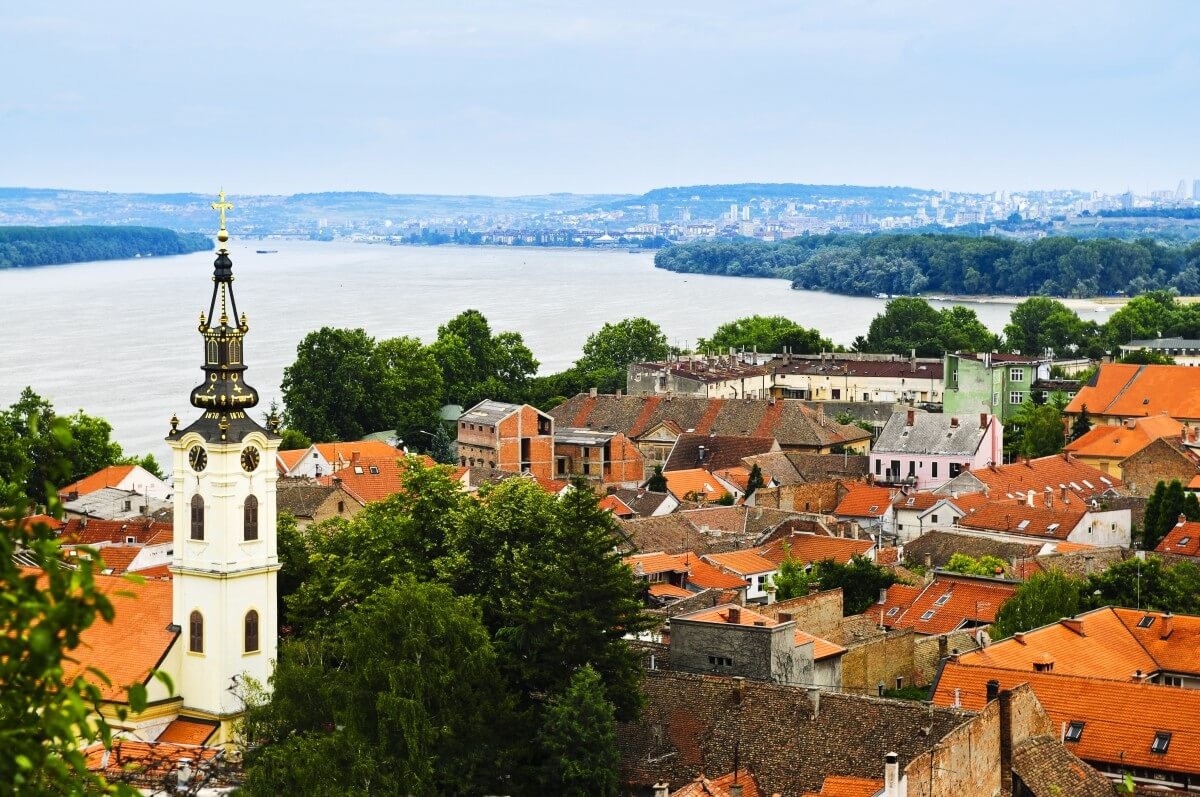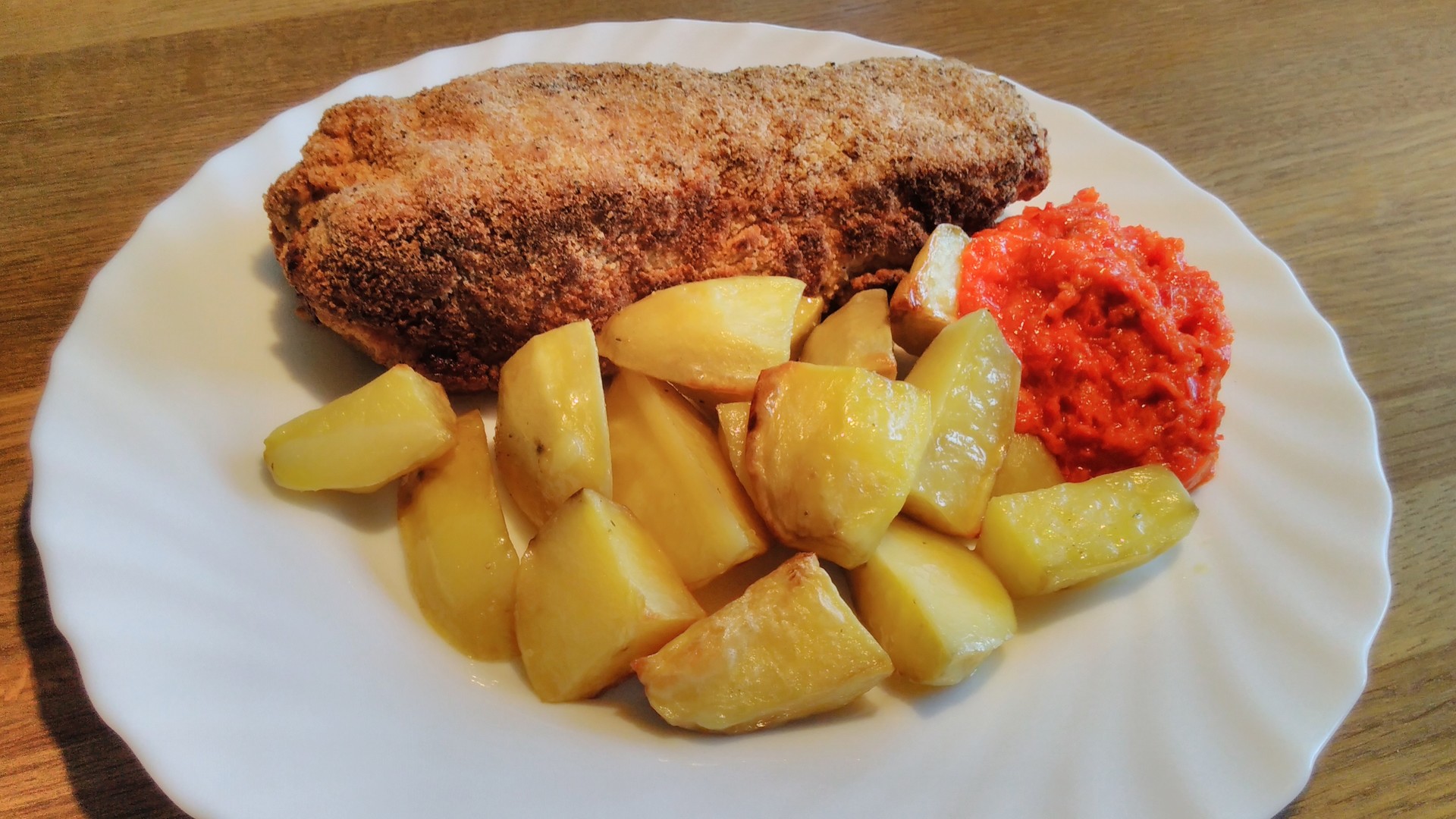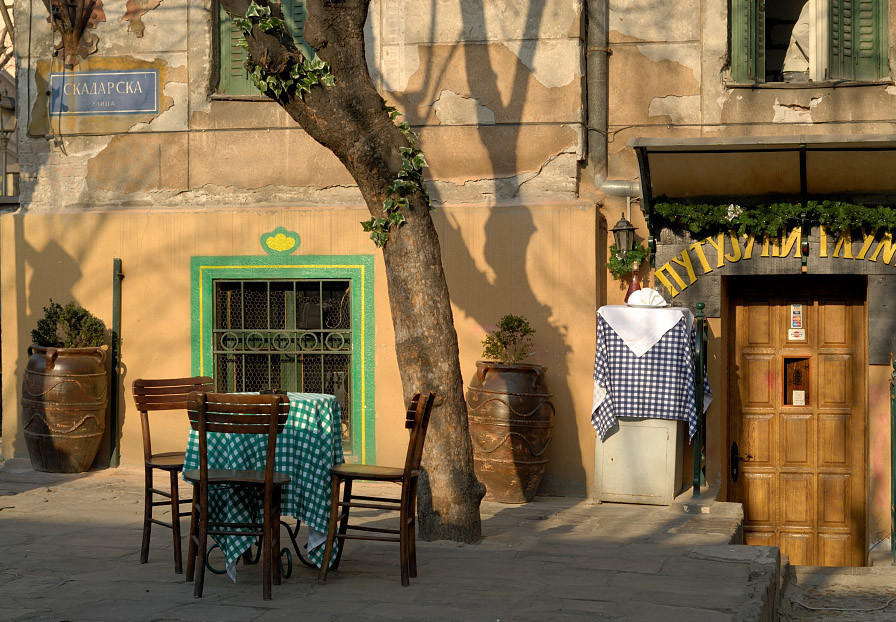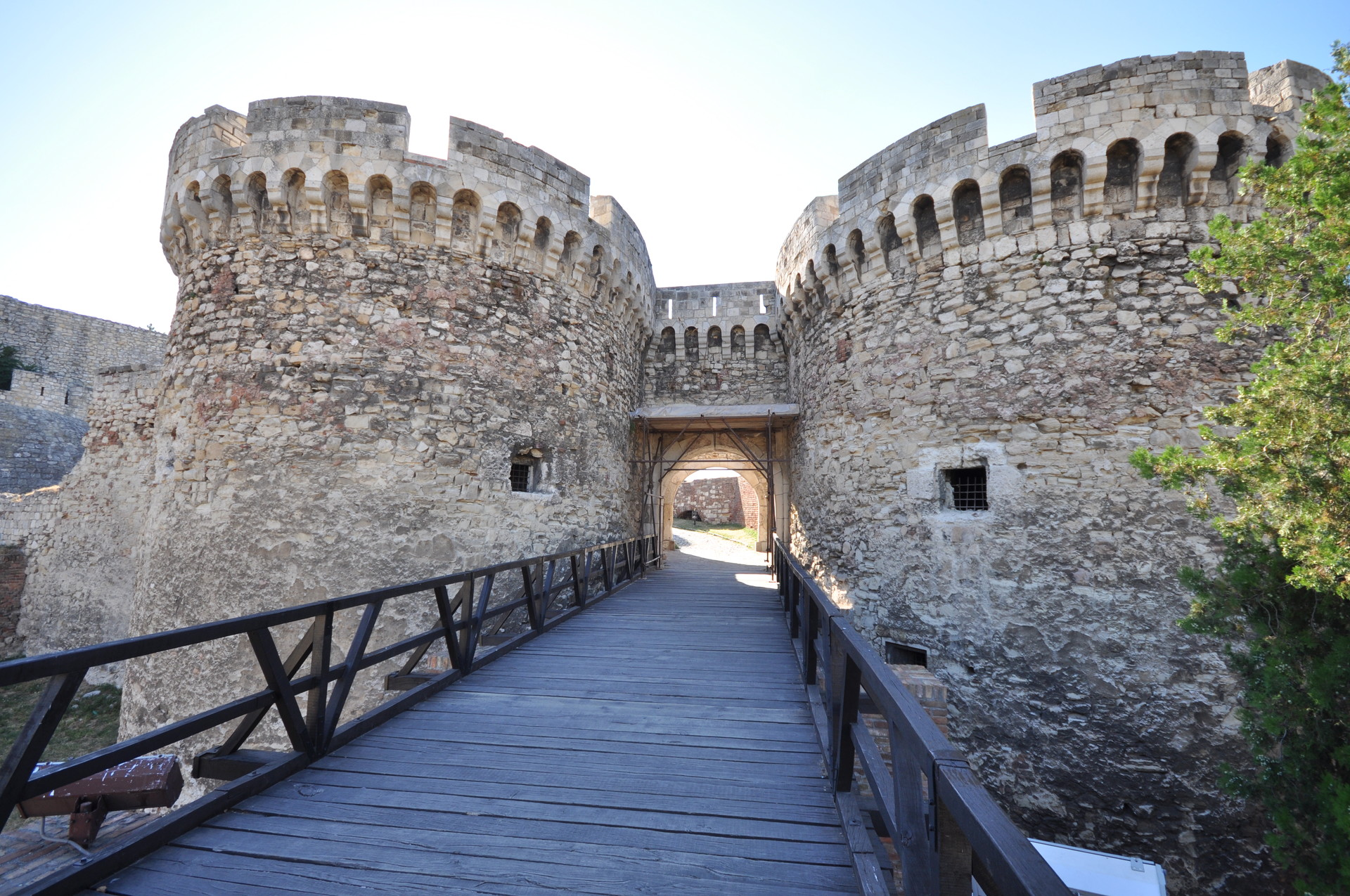Experience in Belgrade, Serbia by Ivana
What is it like to live in Belgrade? Would you recommend it? What is the city like?
Belgrade, the capital of Serbia, is the third largest city in South-Eastern Europe after Istanbul and Athens. Just over 1, 700, 000 people live in it. Belgrade is the city of youth. More than 40% of its citizens are between 15 and 44 years of age.
All citizens of Belgrade love to talk of the spirit of the city. Open and ever ready for fun, many people from Belgrade will claim to be true hedonists – and many of them really are - knowing all there is to know about good food, wine and music.

The citizens of Belgrade like all sorts of things: pleasant conversations and long walks, drinking their morning coffee or days off work, they also love it when they find freshly baked warm bread in the local bakery. They like being in motion and therefore the streets, walkways, cafes and restaurants are always filled with people.
What is the student lifestyle like in Belgrade?
University of Belgrade is on the Shanghai list, a University centre with developed cultural and sports associations, with a long tradition.
How much does it cost to live in Belgrade?
Life in Belgrade is not expensive, with the ISIC/EYCA card it is possible to achieve several student discounts at cultural institutions, transport, local stores and leading brands in the world.
Is it difficult to find accommodation in Belgrade? Is there any advice you can give?
Hostels offer very good accommodation at a low price. In one of the dormitories can be found cheap accommodation in the summer, when there are no students. You can find accommodation and hotels in all categories.
What is the food like? What are your favourite dishes?
Skadarlija is the bohemian quarter of Belgrade and an unavoidable place to taste local specialties. Nearly all restaurants have live music. Kajmak, domaci sir and prsuta are tastes which you will remember!

What places would you recommend visiting in Belgrade?
Pedestrian zone and commercial centre - Knez Mihailova Street is protected by law since it is one of the oldest and most important monumental urban environments.
Knez Mihailova is composed of multiple buildings and representative houses constructed at the end of the 1870s. It is thought that the centre of the population of Singidunum was established here during Roman times and that it was full of streets with gardens, fountains and mosques during the Ottoman Empire. After the elaboration of the Regulation of Urban Planning in 1867, the street was constructed rapidly to acquire its current physiognomy. It is in this street where influential personalities and rich families of the commercial and political fields of Belgrade got their houses built. In 1870, the Administrative Office of the City designated the current name – Prince Mihailo’s Street.
The old, bohemian quarter of Belgrade, Skadarlija, arose during the late 19th and early 20th century when its inns were the gathering place of the best-known names in Belgrade. It is frequently compared to the Montmartre of Paris, both in appearance as well as the exuberant and dynamic artistic atmosphere.

Skadarlija
Republic Square - The existing square was formed after the demolition of Stambol Gate and the construction of the National Theatre building in 1869. Stambol Gate, built by the Austrians at the turn of the 18th century, was located between the monument Prince Mihailo and the National Theatre. The road to Istanbul (“Stambol”) led through it, lending the gate its name. In popular accounts the Stambol Gate became infamous for the Turkish custom of slaughtering Serbian rebels in front of it, using one of the most horrifying methods of execution – impalement.
Once a separate town, Zemun has been a municipality within the city of Belgrade since 1945. People have settled the area of Zemun as far back as the Neolithic, using the favourable position of the banks of the Danube and the Sava. The toponym Zemun arose with the arrival of the Slavs, based on the dugouts (“zemunice”) the first settlers lived in. The history of Zemun as a town in the contemporary sense of the word originates in 1717 with the arrival of the Austrians and it joining the Habsburg Monarchy. It became a significant fortification against Turkey and developed as an economic and trading centre located at the border. This improved the position of Zemun as a cultural nexus with special impact for the Serbs who still lived under Turkish rule at the time.
The Belgrade Fortress changed and developed throughout the centuries, it saw many armies, was the field of many battles, it witnessed the brutality of the conquerors and the courage of the tireless defenders of the city. It was the place where Belgrade started to develop. The Fortress was built in stages, during the lengthy period between the 1st and 18th century, from a Roman time, through a Byzantine castle and the remains of the medieval capital of the Serb Despotate, all the way to an Austrian-Ottoman artillery fortification. The complex consists of the fortress itself, divided into the Upper Town (Despot’s Gate, Sahat kula - Clock Tower, Roman Well, Statue of the Victor), Lower Town (Nebojša Tower, Amam – Turkish bath, Gate of Charles VI) and the Kalemegdan Park, home to busts of important persons from Serbian history, science and culture. The Belgrade Fortress offers an exciting view of the confluence of Sava and Danube, of New Belgrade and Zemun. The Kalemegdan Park contains the “Cvijeta Zuzorić” Pavilion, the Grand Stairway, the zoo, children’s park and a number of monuments and sculptures, several sports courts, a museum, a café and a restaurant.

The Kralja Petra I Street (“King Peter I Street”) is one of the oldest streets in Belgrade.
It is presumed to have housed a Roman forum, basilica and terms during the 1st and 2nd century A. D. The first official Belgrade pharmacy was located in this street during the 19th century, at number 8, along with the first city hotel “Kod jelena”. The street currently houses the Patriarchy of the Serbian Orthodox Church, the Cathedral Church, as well as the oldest Belgrade inn.
King Peter I Karageorgevich (1844-1921, Serbian ruler). Educated in Belgrade, then in Geneva until 1862, when he departed for Paris, completing military school in Saint-Cyr, then the higher military school in Metz as sub-lieutenant. Departed for Montenegro in 1883, there to marry the daughter of the Montenegrin Prince Nikola. He lived on Cetinje with his family until the death of his wife in 1890, then moved to Geneva and remained there until 1903. Following the assassination of King Aleksandra Obrenović the National Representatives elected him King of Serbia in 1903. He introduced a parliamentary constitutional monarchy. He retired from office in 1914 and surrendered the royal office to the crown prince Alexander. Culture and science went through a “Serbian golden age” during his reign.
Is it good to eat out in Belgrade? Can you tell us your favourite spots?
The smell of just baked bread, hamburgers and pizzas will be felt at every step. The prices are affordable at the domestic and international fast-food restaurants.
Is the nightlife good in Belgrade? Where is good to go?
The exciting nightlife of Belgrade is gaining momentum. Belgrade is said to be the new capital of cool nightlife, the place where the best nightlife in Europe is happening.

Bars, clubs, rafts and casinos work every day of the week. A contagious atmosphere or crazy parties and good fun rules. From alternative to reggae, brass bands and gypsy music to turbo folk, from techno to heavy metal, Belgrade is bouncing in one of its many rhythms every night.
The number of clubs is growing daily, the scene headed by a team of experienced DJs. An increasing number of music and DJ stars come to Belgrade, attracted by stories of the city that loves to dance. The defining detail of the Belgrade clubbing scene are the river banks. Ships and rafts are open throughout the year, although the largest crowd gathers, naturally, in the summer. Ada Ciganlija is a fascinating zone of nightlife in Belgrade. Visit one of the rafts on the Sava or Danube quay. Entrance to the clubs is mostly free, taxis are not expensive, and neither are alcoholic drinks. Best of all, people from Belgrade are a friendly bunch and will be happy to party with you.
Strahinjića Bana Street is a unique fun zone. A single city centre street included around twenty cafes, restaurants and bars, always filled with loud and cheerful people from Belgrade. If you like to be in the epicentre of city life, Strahinjića Bana is the place for you.
What advice would you give future students heading to Belgrade?
Serbian language is very nice, the Serbs were wonderful and considerate people, students help each other. You will surely stay with nice memories of student life in Belgrade. You will gain a broad education as anywhere in the world.
Photo gallery
Content available in other languages
Share your Erasmus Experience in Belgrade!
If you know Belgrade as native, traveler or as exchange student... share your opinion on Belgrade! Rate different characteristics and share your experience.
Add experience →




















Comments (0 comments)